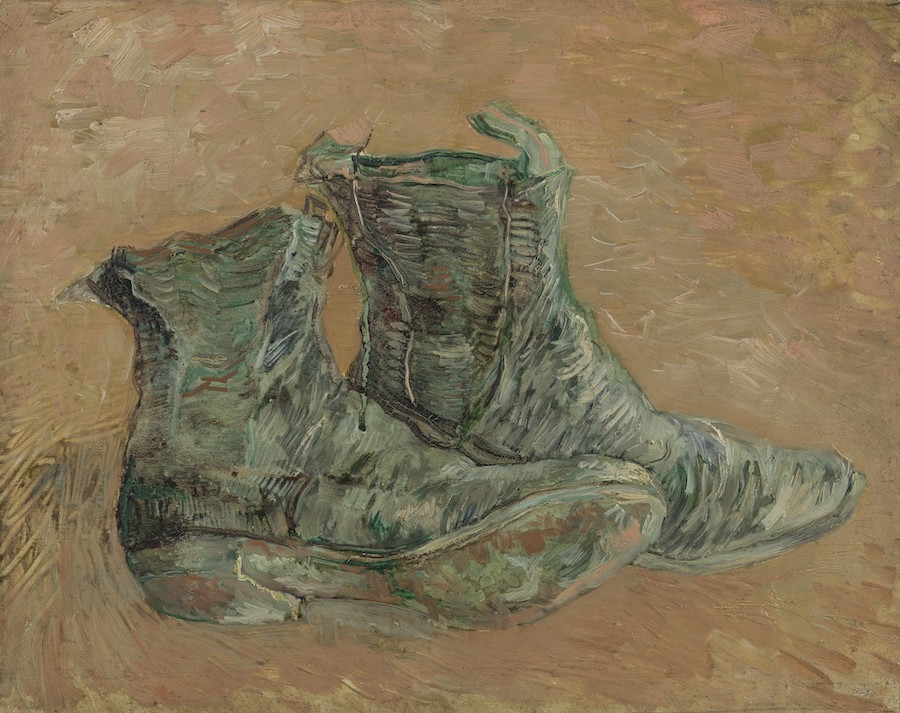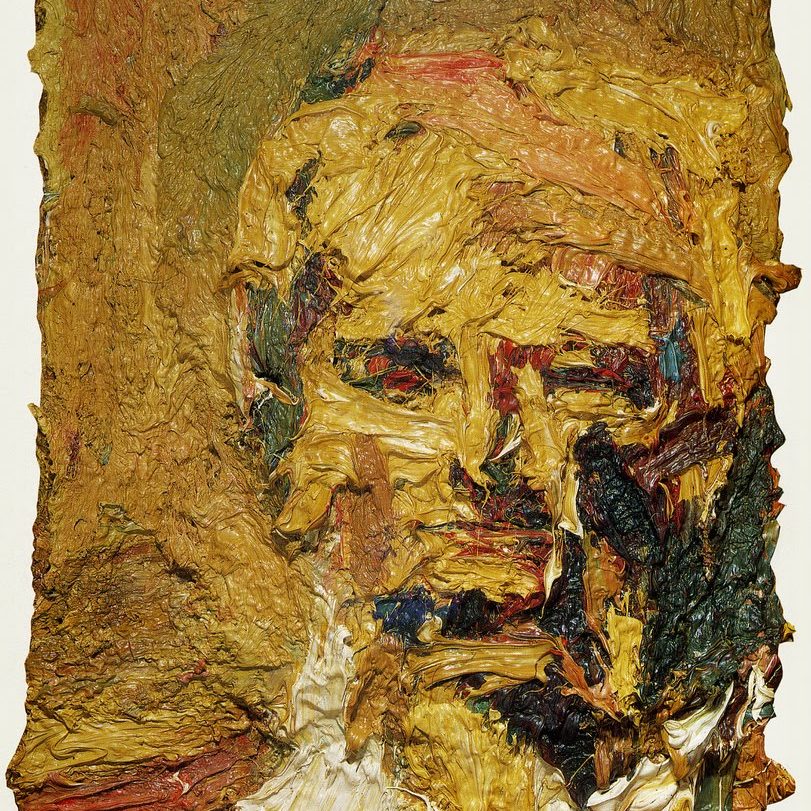Info
COURSE OUTLINE
This upper division course is aimed at developing students existing abilities and interest in painting. We will examine painting from a personal perspective and as an academic-historical subject. To this end, students will take on board issues brought to light through the readings distributed during the semester, and explore them via in-class critiques, along with Moodle-based discussions. Additionally, students will engage in discussions of eachothers work through bi-weekly presentations and all class critiques.

This course will combine seminar with studio time. We will discuss ideas brought up in readings and use processes of critique to evaluate the positions of the author and each other. Similarly, Students works will be critiqued in process and all students will have the opportunity to benefit from both sides of this process. The course will include required readings and subsequent forum discussions using Moodle forums. The Moodle platform will be available for all students to share ideas, references, and points of inspiration.
FORMAT
Process:
This class is largely practical and will involve students in studio work and homework (assigned for each class). There will also be introductions to contemporary painting concepts and processes given through mini-lectures, illustrated with projections. Points of discussion will be introduced to the class through these presentations, and these will be continued within the readings you are assigned weekly – they will be made available to you via Moodle at the end of every class. The course is split into two sections: skills and concepts. We will run through skills first, and keep developing these as we confront the arena of concept.
An important aspect of the course is continual practice. This is the reason why students will use a sketchbook/journal throughout the course.
Sketchbook:
The journal is useful in this course of study as it blends the diary and the sketchbook, allowing the student a free space to jot notes, write or quickly paste in an item that caught one’s eye – and then (importantly) the ability to reflect on those things later on. Your journal will include your writing (responses to questions handed out, or to issues raised in class) drawing (doodles, visual note-taking, plans, sketches: research) and various ephemera that provokes a reaction in you. Please be aware that I will review your journal in each class in order to be able to properly assess your progress, provide weekly feedback and offer references and resources to you. The sketchbook contributes to your grade and is, therefore, an important part of this course.
Homework:
There will be weekly homework, which will include reading, associated Moodle discussions and self-directed creative research. It will be related to the work we do in class, and from the outset will develop organically throughout the semester.
Academics:
Students will be given readings throughout this course, and they are all required. I am observant of the contrast most students perceive between the creative arts and academic subjects, but the reality is that certainly today, artists read and discuss and argue art theory and history. It is an important part of your education as art students to accept and accommodate art’s history and theory. It is important to note that I do not expect you to all be fully conversant with such theory or history; gaining some comprehension of these areas is one of the outcomes of this course. Making a concerted effort in the aspect of the class is important, and will be supported through the routines of the classes. We will discuss readings via Moodle and in class.
